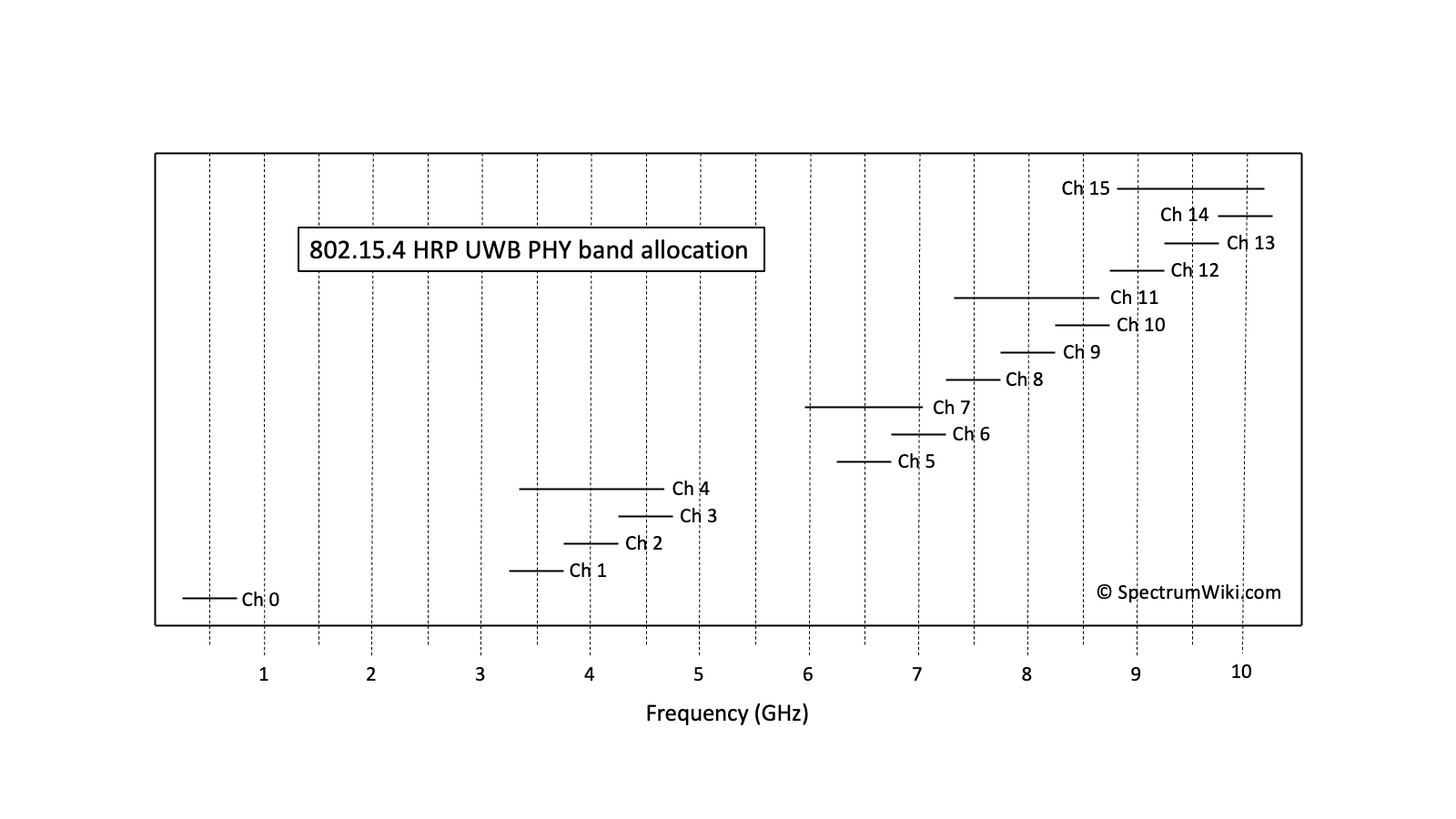| |
|
|
|
|
|
Defense Satellite Communication System 3 (DSCS III)
|
According to the U.S. Space Force:
Defense Satellite Communications System (DSCS) constellation provides long haul communications to users worldwide through contested environments.
DSCS supports: the defense communications system, the military’s ground mobile forces, airborne terminals, ships at sea, and Department of Defense (DOD).
The first DSCS III satellite was launched in October 1982. The final DSCS III satellite, B6, was launched in August 2003. In all, DSCS III successfully launched 14 satellites, six of which are still operational and continue to be used in various capacities, from operational communications in Southwest Asia to research and development of ground-based support capabilities.
Space and Missile Systems Center (SMC), Los Angeles Air Force Base, Calif., sustains the DSCS Space Segment contract.
DSCS III satellites support globally distributed DOD and national security users. Modifications made to these satellites will provide substantial capacity improvements through higher power amplifiers, more sensitive receivers, and additional antenna connectivity options. The DSCS communications payload includes six independent Super High Frequency (SHF) transponder channels. Three receive and five transmit antennas provide selectable options for Earth coverage, area coverage and/or spot beam coverage. A special purpose single-channel transponder is also on board.
DSCS satellites provide the capabilities needed for effective implementation of worldwide military communications. It can adapt rapidly to dynamic operating conditions and perform under stressed environments. DSCS operates with large or small terminals. DSCS’s independent channels group users by operational needs or geographical location by allocating receiver sensitivity and transmitter power, thus providing maximum efficiency.
|
Paired Frequency Bands |
| Paired Bands | Use | Service | Table |
| 7250 - 7750 MHz | DSCS III downlink | Mobile-satellite | F |
| 7900 - 8400 MHz | DSCS III uplink | Mobile-satellite | F |
Frequencies |
| Frequency | Bandwidth | Use | Service | Table |
| 7600 MHz | - | DSCS III Beacon (A series satellites) | Mobile-satellite | F |
| 7604.705882 MHz | - | DSCS III Beacon (B series satellites) | Mobile-satellite | F |
| 8005.146484 MHz | - | DSCS III Channel 1 command uplink | Mobile-satellite | F |
| 8370.146484 MHz | - | DSCS III Channel 5 command uplink | Mobile-satellite | F |
External Links:
Display this entry in a page by itself
Edit
|
|
|
|
|
|
IEEE 802.15.4 HRP UWB
|
High pulse repetition frequency ultra-wideband (HPR UWB) is one of the physical layers defined for low data rate personal area network (LR-WPAN) communications in the IEEE 802.15.4 standard.
According to the FiRa Consortium:
"In challenging environments, such as parking structures, hospitals, airports and high density venues, ultra-wideband (UWB) technology outperforms other technologies in terms of accuracy, power consumption, robustness in wireless connectivity, and security, by a wide margin.
"UWB securely determines the relative position of peer devices with a very high degree of accuracy and can operate with line of sight at up to 200 meters. In contrast to narrow band wireless technologies, the use of wide bandwidth means UWB provides very stable connectivity, with little to no interference and offers highly precise positioning, even in congested multi-path signal environments.
"By calculating precise location, fine ranging based on UWB is a more secure approach to closing and opening locks, whether those locks are installed on a car door, a warehouse entryway, a conference room, or your front door."
|
Frequencies |
| Frequency | Bandwidth | Use | Service | Table |
| 499.2 MHz | 499.2 MHz | 802.15.4 HRP UWB Channel 0 | - | - |
| 3494.4 MHz | 499.2 MHz | 802.15.4 HRP UWB Channel 1 | - | - |
| 3993.6 MHz | 499.2 MHz | 802.15.4 HRP UWB Channel 2 | - | - |
| 3993.6 MHz | 1.3312 GHz | 802.15.4 HRP UWB Channel 4 | - | - |
| 4492.8 MHz | 499.2 MHz | 802.15.4 HRP UWB Channel 3 | - | - |
| 6489.6 MHz | 1.0816 GHz | 802.15.4 HRP UWB Channel 7 | - | - |
| 6489.6 MHz | 499.2 MHz | 802.15.4 HRP UWB Channel 5 | - | - |
| 6988.8 MHz | 499.2 MHz | 802.15.4 HRP UWB Channel 6 | - | - |
| 7488 MHz | 499.2 MHz | 802.15.4 HRP UWB Channel 8 | - | - |
| 7987.2 MHz | 1.3312 GHz | 802.15.4 HRP UWB Channel 11 | - | - |
| 7987.2 MHz | 499.2 MHz | 802.15.4 HRP UWB Channel 9 | - | - |
| 8486.4 MHz | 499.2 MHz | 802.15.4 HRP UWB Channel 10 | - | - |
| 8985.6 MHz | 499.2 MHz | 802.15.4 HRP UWB Channel 12 | - | - |
| 9484.8 MHz | 1.35497 GHz | 802.15.4 HRP UWB Channel 15 | - | - |
| 9484.8 MHz | 499.2 MHz | 802.15.4 HRP UWB Channel 13 | - | - |
| 9984 MHz | 499.2 MHz | 802.15.4 HRP UWB Channel 14 | - | - |
External Links:
Associated Files:

802.15.4 HRP UWB PHY band allocation
Display this entry in a page by itself
Edit
|
|
|
|
|
|
|
|
|
|
|
|
|
|
|